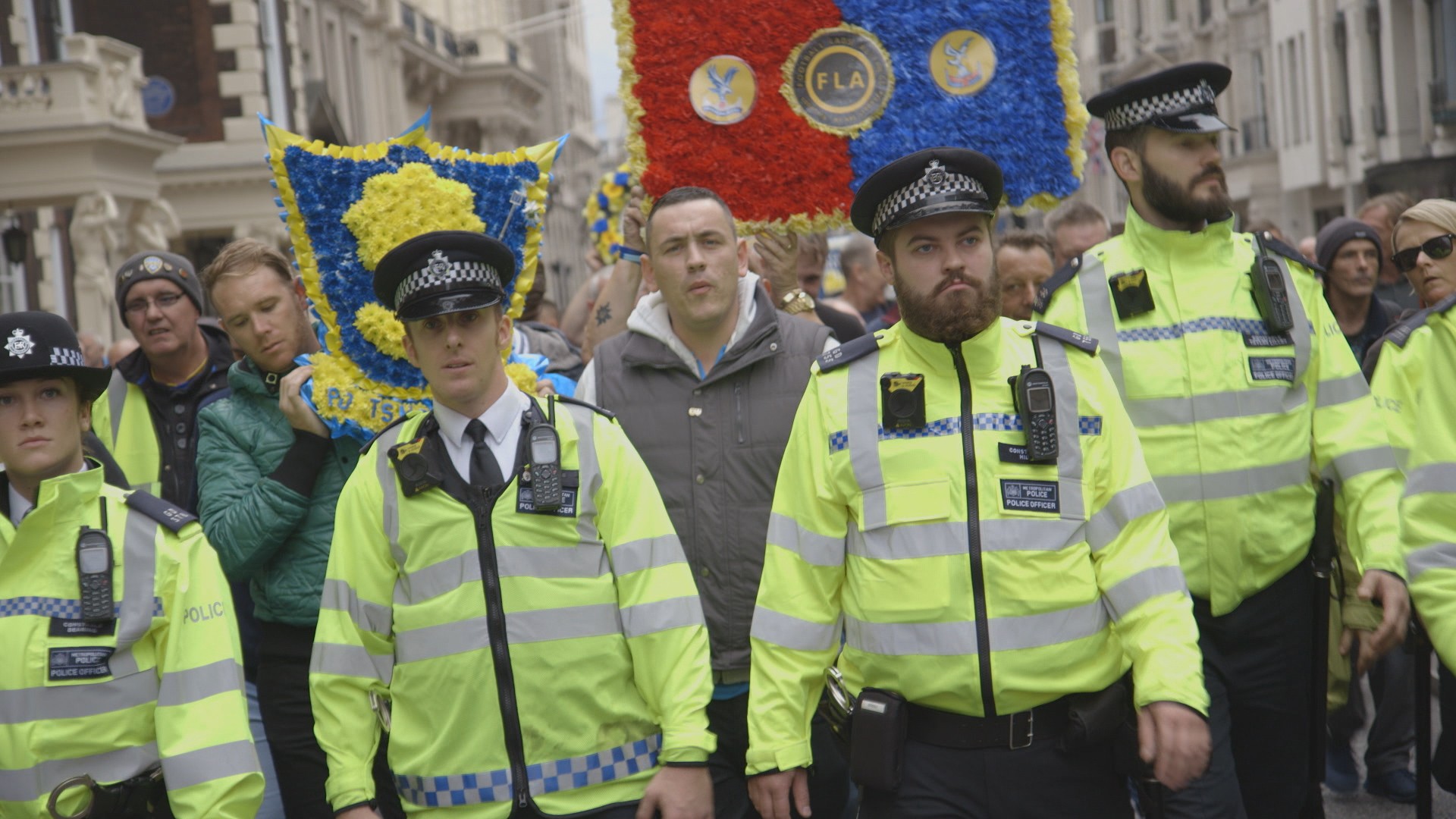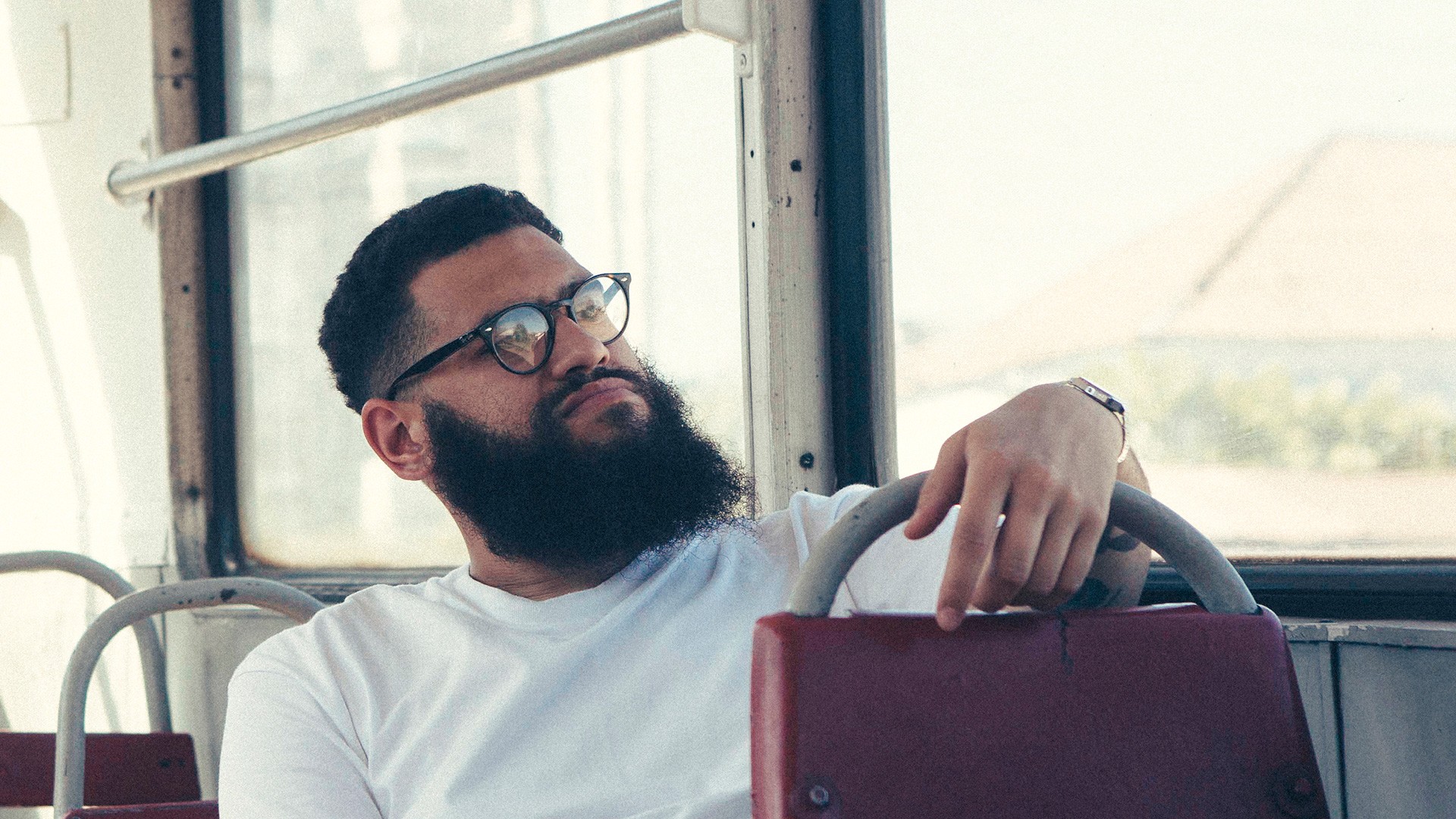This article originally appeared on VICE ItalyVincenzo Paparelli was born in Rome on the 1st of May, 1946. After finishing school, he spent several years doing an apprenticeship in mechanics, before marrying Vanda, a shop assistant, and opening a garage with his brother Angelo in the city's suburbs.Vincenzo loved cars, especially his Alfa Romeo 1750. On the 28th of October, 1979, he drove it to the Stadio Olimpico in Rome to watch his team, Lazio, take on their bitter local rivals, Roma. Midway through the match Vincenzo was struck by a flare fired by a Roma supporter, and died instantly. The first doctor on the scene described Vincenzo's injuries as the worst he had ever seen.
Advertisement
The culprit was eventually identified as 18-year-old Giovanni Fiorillo, who fled the stadium before the police arrived. Fourteen months later, he turned himself in and was later sentenced to six years and ten months in prison.
WATCH:
Violence at Italian football stadiums did not begin or end with the case of Vincenzo Paparelli. But his death marked the point when the hatred between Lazio's Laziali supporters and Roma's Romanistis became organised. For years, Lazio fans would display banners across the Olimpico's rafters that read "Paparelli, you will be avenged", and "We will never forget Paparelli".The anger sparked a city-wide debate on the dangers of football hooliganism, which eventually led to the banning of certain traditions that were at the heart of Roman football fandom, such as in-stand drummers and banners. Those restrictions were supposed to stop hooliganism, calm the tensions inside the Olimpico on match days and return Italy's fan culture to the relative calm of the 1950s – but, unsurprisingly, they failed to do any of that.It was during those quieter 1950s that the first organised football fan groups were established. But over the following decade, the demographics of match-going fans changed, which had an enormous impact on the meaning of fandom in Italy.Thanks to a drop in ticket prices in the 1960s, stadiums across the country started attracting young, working class fans. A section of these supporters brought with them a change in both fashion and politics. While older generations wore plain suits to matches, these new fans turned up in paramilitary-themed outfits, with camouflage patterns and combat boots, openly displaying their political affiliations. Some wore extreme political symbols, like the double-bitted axe of neo-fascists, the five-pointed red star of the extreme left and the circled "A" for anarchy.
WATCH:

Violence at Italian football stadiums did not begin or end with the case of Vincenzo Paparelli. But his death marked the point when the hatred between Lazio's Laziali supporters and Roma's Romanistis became organised. For years, Lazio fans would display banners across the Olimpico's rafters that read "Paparelli, you will be avenged", and "We will never forget Paparelli".The anger sparked a city-wide debate on the dangers of football hooliganism, which eventually led to the banning of certain traditions that were at the heart of Roman football fandom, such as in-stand drummers and banners. Those restrictions were supposed to stop hooliganism, calm the tensions inside the Olimpico on match days and return Italy's fan culture to the relative calm of the 1950s – but, unsurprisingly, they failed to do any of that.It was during those quieter 1950s that the first organised football fan groups were established. But over the following decade, the demographics of match-going fans changed, which had an enormous impact on the meaning of fandom in Italy.Thanks to a drop in ticket prices in the 1960s, stadiums across the country started attracting young, working class fans. A section of these supporters brought with them a change in both fashion and politics. While older generations wore plain suits to matches, these new fans turned up in paramilitary-themed outfits, with camouflage patterns and combat boots, openly displaying their political affiliations. Some wore extreme political symbols, like the double-bitted axe of neo-fascists, the five-pointed red star of the extreme left and the circled "A" for anarchy.
Advertisement
Even the players themselves began to encourage the blending of football and politics. Paolo Sollier, who played for second-tier side Perugia, adopted a pre-game ritual in which he'd salute the crowd with a raised fist – a sign of his support for the Marxist political group Avanguardia Operaia.Around the same time, Lazio stars Luciano Re Cecconi and Luigi Martini were vocal supporters of the Movimento Sociale Italiano, a neo-fascist party founded in 1946. In the mid-70s, several Lazio players took to the pitch wearing pendants around their necks with visible fascist symbols. Meanwhile, the Fedayn – a Roma supporters group formed in the 70s – were openly communist and became known for making violent gestures at opposing fans. In this climate, the Roma-Lazio derby became the most politicised battle in the Italian football calendar.Meanwhile, two ultra groups formed among Lazio supporters – the Eagles, who were seen as inclusive of different backgrounds and beliefs, and the Vikings, who were considered a radical political movement. The Vikings had some of the most infamous fans of the era. One such supporter was known as "Er Maciste". According to terrace folklore, he once single-handedly spun a Fiat 500 around while fighting opposing ultras. Today, the spot near the Olimpico where he died in a car accident is still covered in Lazio scarves and flowers in his memory.
WATCH:
Organised hooliganism in Italy was not limited to Rome. AC Milan fans created the Fossa dei Leoni in 1968, Italy's first established ultras group. In Turin, Juventus supporters founded the Panthers in 1975 and then the Fighters in 1977.
WATCH:

Organised hooliganism in Italy was not limited to Rome. AC Milan fans created the Fossa dei Leoni in 1968, Italy's first established ultras group. In Turin, Juventus supporters founded the Panthers in 1975 and then the Fighters in 1977.
Advertisement
By 1980, Italian director Daniele Segre had made two documentaries on Juventus' ultras: Il potere deve'essere bianconero and Ragazzi di stadio. The films perfectly explain the difference between ultras and supporters: ultras don't really care about the match."I'm only interested in the stadium's atmosphere," Fighters' founder Beppe Rossi told Segre in 2007. "When I'm in the stands, I don't even see much of the action, and often miss the goals. That's because I face the crowd and focus on spurring on our supporters. Just being in the stadium is what counts." Beppe is not alone – a popular chant among various groups of ultras goes: "We don't give a fuck about the match."In an interview with La Repubblica, Daniele Segre recalled the time he spent documenting the Panthers and the Fighters: "I saw so many strange things going on inside the stadium, like guns being passed around different fan groups. Many of the supporters I profiled for the documentary were later convicted for participating in organised crime."In the 1970s and 80s, the subject of drugs had become a popular theme in chants among ultras groups. Gazzetta dello Sport journalist Pierluigi Spagnolo mentions a few chants from those days in his book, I Ribelli Degli Stadi [The Rebels of Stadiums]. For example, Lazio fans would sing: "We start on Monday with LSD / We do amphetamines until Wednesday / We cause trouble and get high as we please / But what's really messed up is Lazio in Serie B." And to the tune of The Beatles' "Yellow Submarine", Roma fans sung: "Even your dad will smoke / If he meets us he will get high / Doing heroin with the ultras."But a lot has changed since the 1970s. Many of these groups – Milan's Fossa dei Leoni being one – have either dissolved, toned down their political affiliations or switched direction completely. Roma's Curva Romanistis were openly anti-fascist in 1999, but by 2006 were hanging banners bearing neo-Nazi slogans.According to a recent survey by the Italian Interior Ministry, there are currently 382 active fan groups still in the country. Of these, 151 had an openly stated political orientation, with 85 holding far-right viewpoints, 54 far-left and 12 marked as having "mixed ideologies".In terms of ultras, there are still around 40,000 of them in the country. Many can still be as violent and bigoted as ever, and certainly still "don't give a fuck about the match".